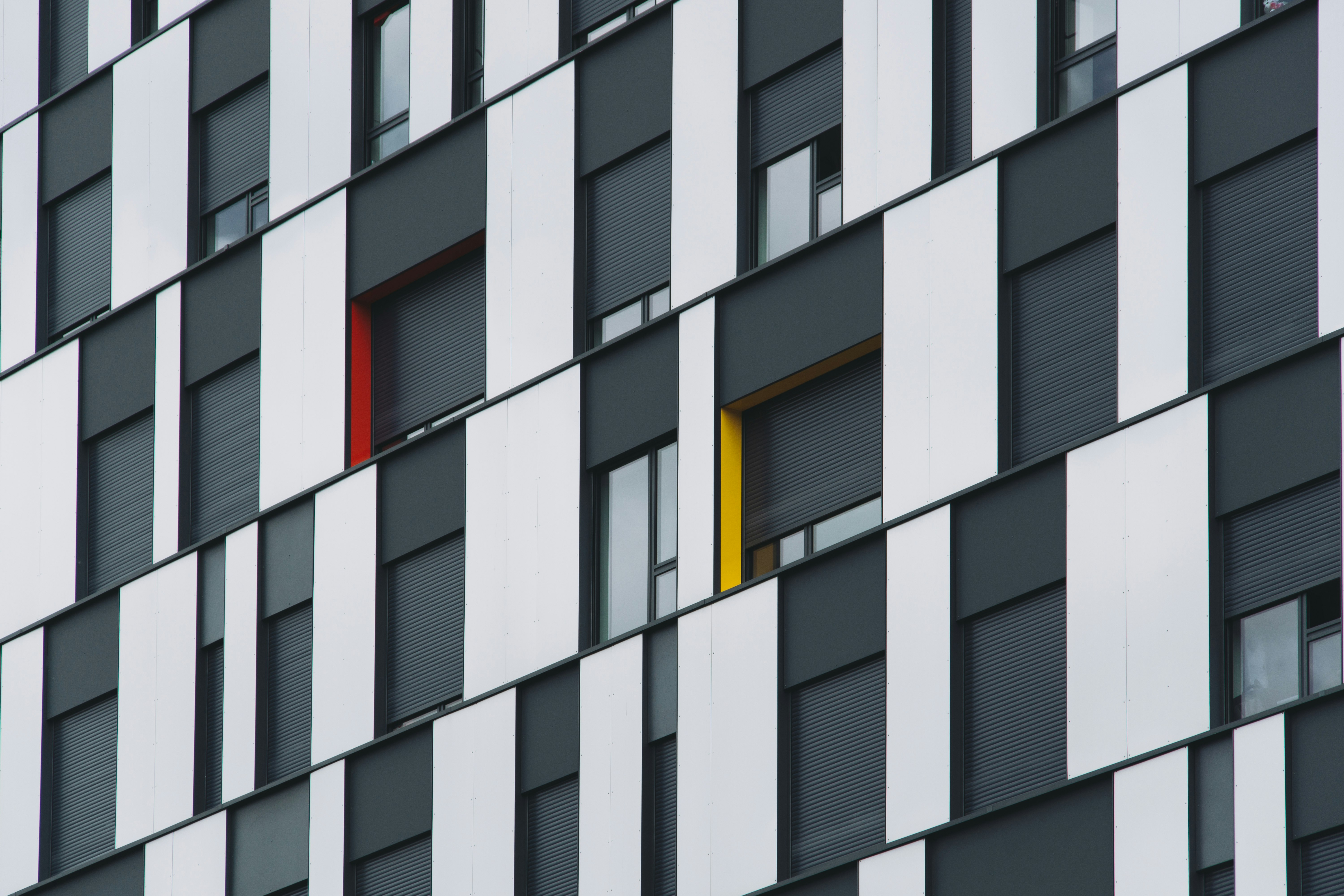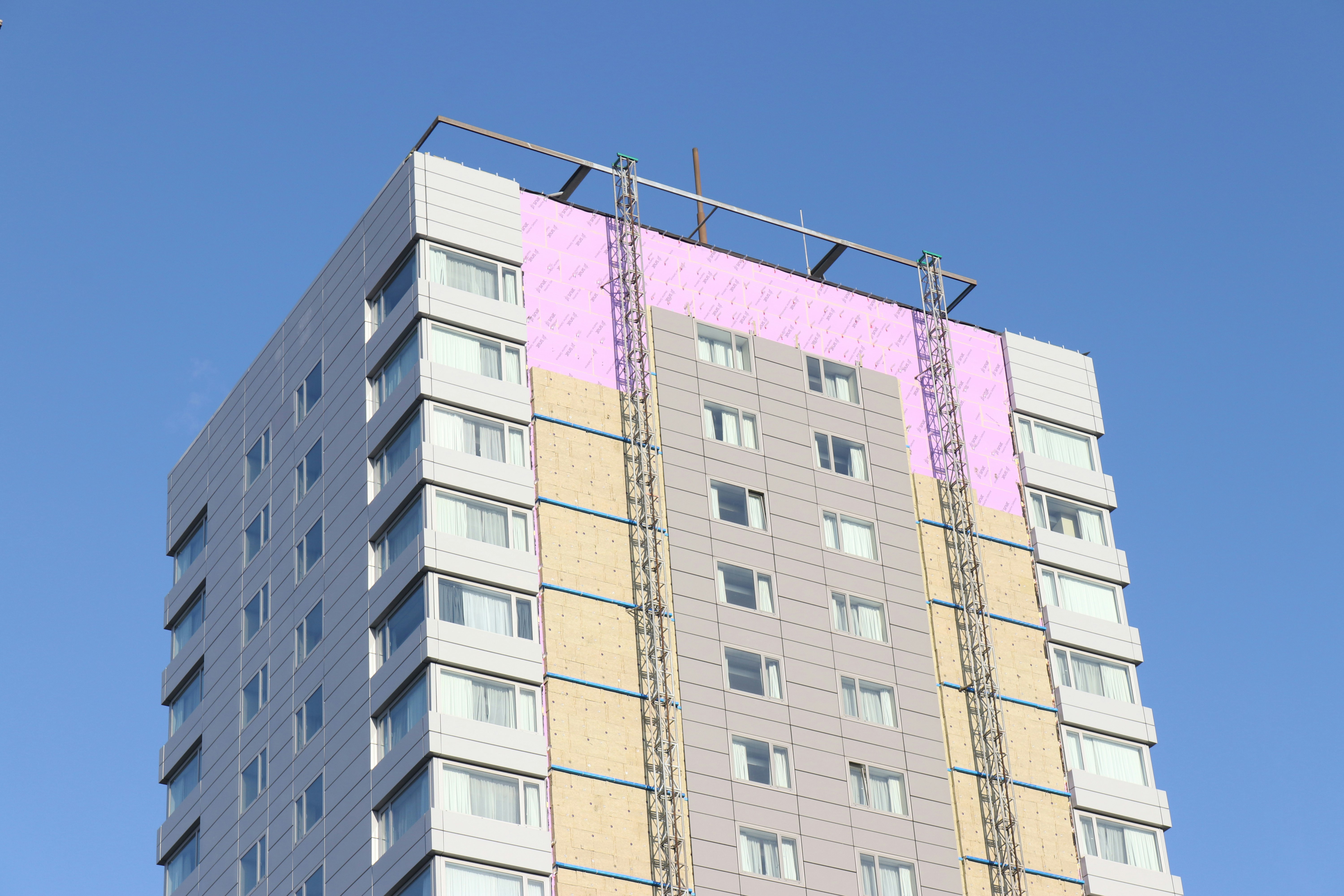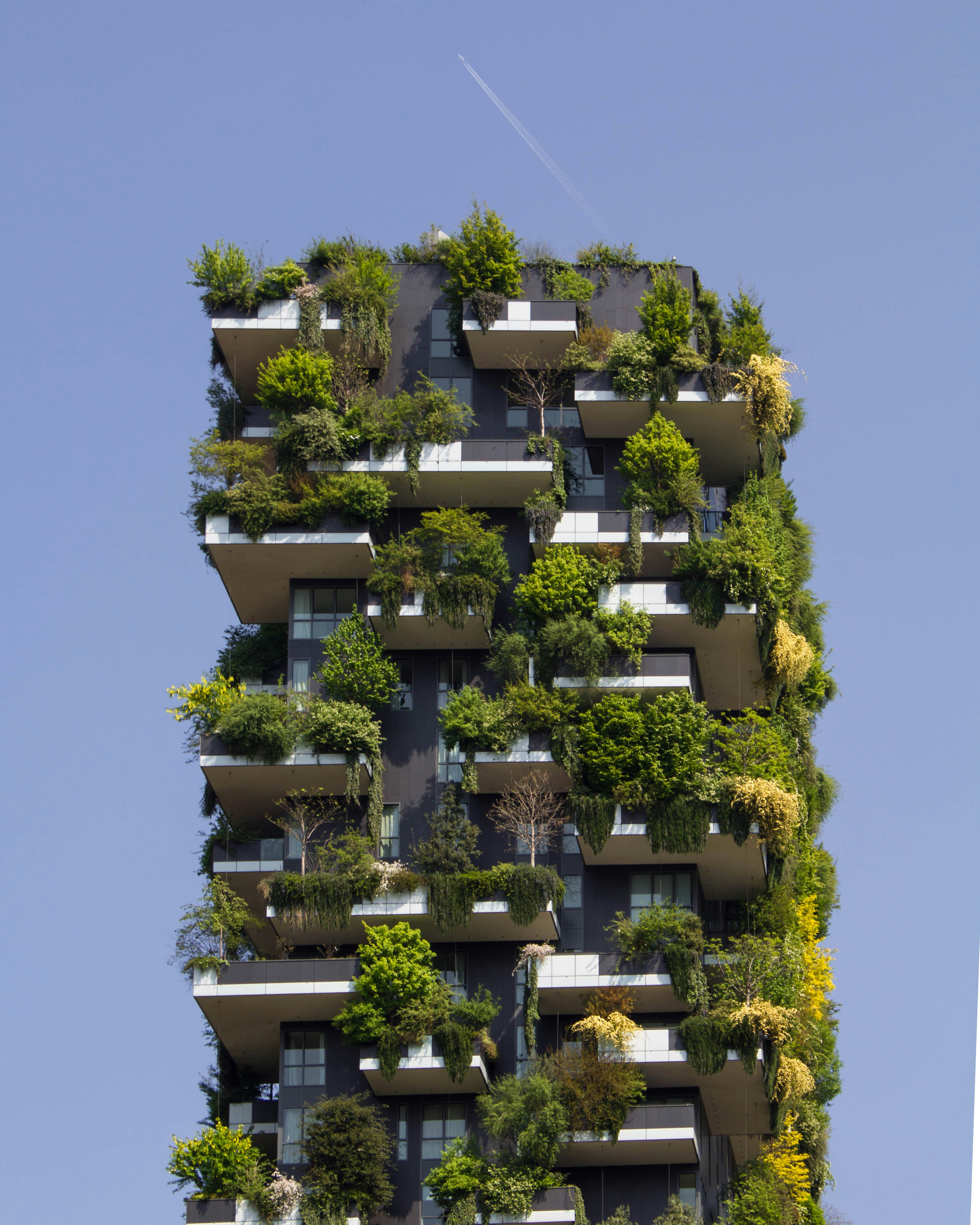That’s just what Facebook’s more than 2,000 employees can do now that the social media giant has installed a 9-acre green roof (roughly the size of 7 football fields). Employees can meet, think, and be inspired by the rooftop oasis. But will this be enough to inspire an uptick in the green roof market in other North American cities and corporations?
According to survey data gathered by Green Roofs for Healthy Cities (GRHC), green roof installation declined by 12% in 2014. This is a significant downward shift from 2013’s 10% increase. Since 2004, GRHC has conducted a confidential and voluntary survey of its Corporate Members in order to collect data on the growth and composition of the green roof industry across North America. This year, GRHC’s Corporate Members provided the following information on each of their projects:
- Completed square footage
- Building type, and whether it is public or private
- Type of green roof – intensive, semi-intensive, or extensive
- Metropolitan Region in which the project occurred
Specifically, there was a reduction in total square footage of green roofs installed as well as number of projects. In 2014, 5,537,240 square feet of green roofing was installed on 887 projects. But in 2013, more than 6,420,000 square feet was installed on 950 projects.
Why the Decline?
The most likely cause is the lack of government-based stimulus funding, which helped fund the installation growth seen in 2013. Despite knowing the benefits of green roofs (e.g., energy conservation, reducing storm water surges), incentives vary drastically from state-to-state and year-to-year.
Weather is another factor—extreme fluctuations in temperatures through the U.S. last year could have delayed the start and completion of installation projects. Another factor listed in the GRHC study is how companies tend to sit on accumulated capital rather than plan for expenditures to upgrade or develop new buildings. Despite the overall decline in installations, the report stated there were more installation projects for private property compared to public spaces in 2014, another significant change compared to 2013.
Also, according to the study authors, the most popular types of green roofs are extensive roofs, which use 6 inches or less of growing medium. Unlike intensive roofs, which incorporate trees, perennials, annuals, shrubs and usually recreational space, extensive roofs are simpler to maintain as they include lower-maintenance plants.
Top North American Green Roof Cities
In terms of green roof usage, the cities that ranked in the top five are Washington D.C., Toronto, Philadelphia, Chicago and New York City. What makes these cities stand apart is the fact that they have in place policies and programs that incentivize green roof installation.
More widespread legislation and policy measures need to be put in place for the public and private sector (not to mention the planet) to reap the benefits of green roofing and for GRHC to achieve its goal of installing one billion square feet of green roofs in North America cities by 2022.
About GRHC
Green Roofs for Healthy Cities is a member‐based non-profit industry association dedicated to the development of the green roof and wall industry in North America. 2014 marks the 11th year that Green Roofs for Healthy Cities has conducted this Survey of its members and shared the results with a wide range of stakeholders.
Resources
Education, Training, Supplies for Green Roof Construction
Register for online GRP training
Learn more about the Architecture of Facebook’s rooftop oasis
International Green Roof Association – Types of Green Roofs
Karen M. Rider, M.A. is a Connecticut-based freelance writer and copywriter with interests in health, environment, education, and the arts.












